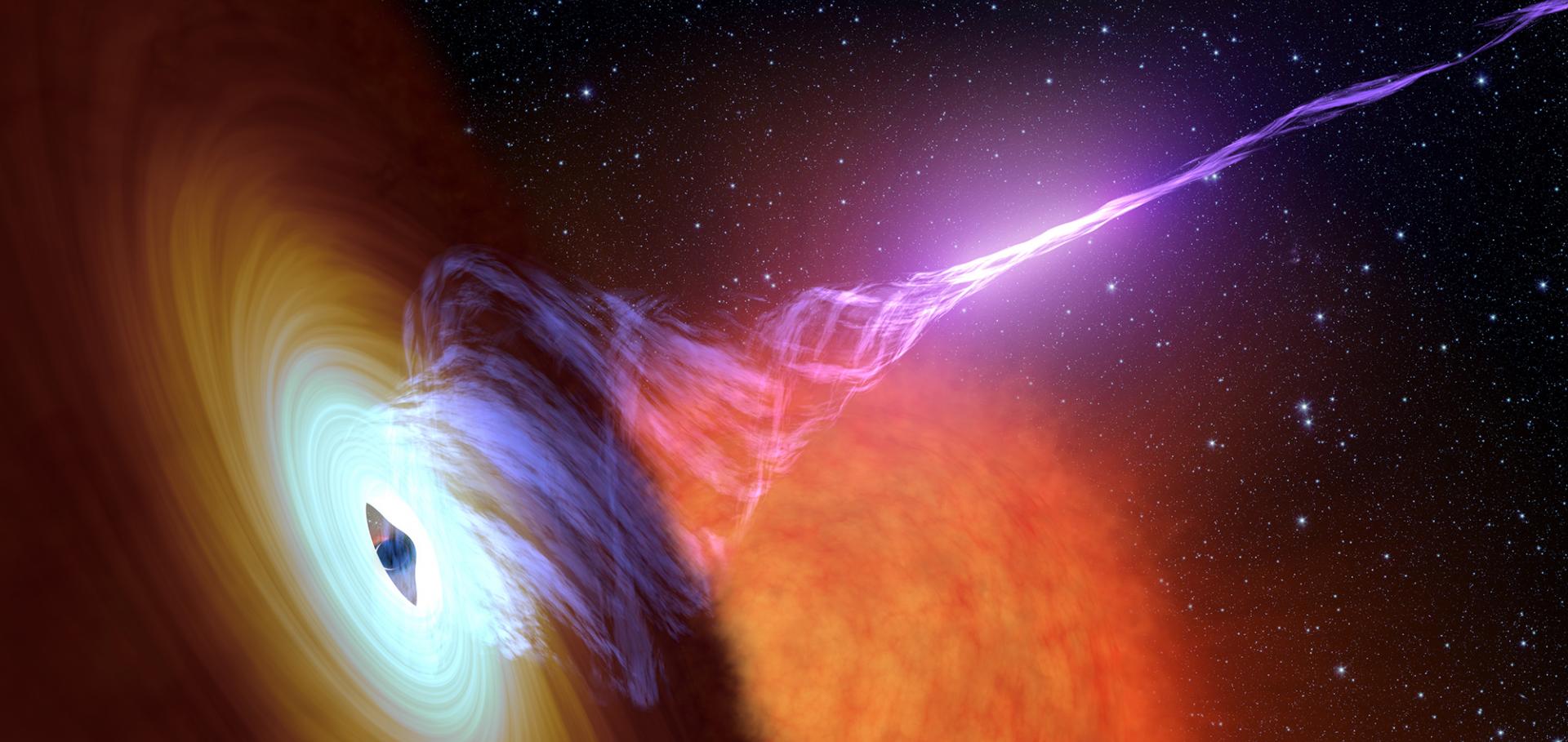The first resolved imaging of milliarcsecond-scale jets in Circinus X-1
Monthly Notices of the Royal Astronomical Society: Letters 419:1 (2012)
Abstract:
We present the first resolved imaging of the milliarcsecond-scale jets in the neutron star X-ray binary Circinus X-1, made using the Australian Long Baseline Array. The angular extent of the resolved jets is ∼20mas, corresponding to a physical scale of ∼150au at the assumed distance of 7.8kpc. The jet position angle is relatively consistent with previous arcsecond-scale imaging with the Australia Telescope Compact Array. The radio emission is symmetric about the peak, and is unresolved along the minor axis, constraining the opening angle to be <20°. We observe evidence for outward motion of the components between the two halves of the observation. Constraints on the proper motion of the radio-emitting components suggest that they are only mildly relativistic, although we cannot definitively rule out the presence of the unseen, ultrarelativistic (Γ > 15) flow previously inferred to exist in this system. © 2011 The Authors Monthly Notices of the Royal Astronomical Society © 2011 RAS.Radio Detections During Two State Transitions of the Intermediate-Mass Black Hole HLX-1
Science (2012) 1-5
Radio Detections During Two State Transitions of the Intermediate-Mass Black Hole HLX-1
SCIENCE 337:6094 (2012) 554-556
The Scientific Potential of LOFAR for Time Domain Astronomy
NEW HORIZONS IN TIME-DOMAIN ASTRONOMY (2012) 11-16


